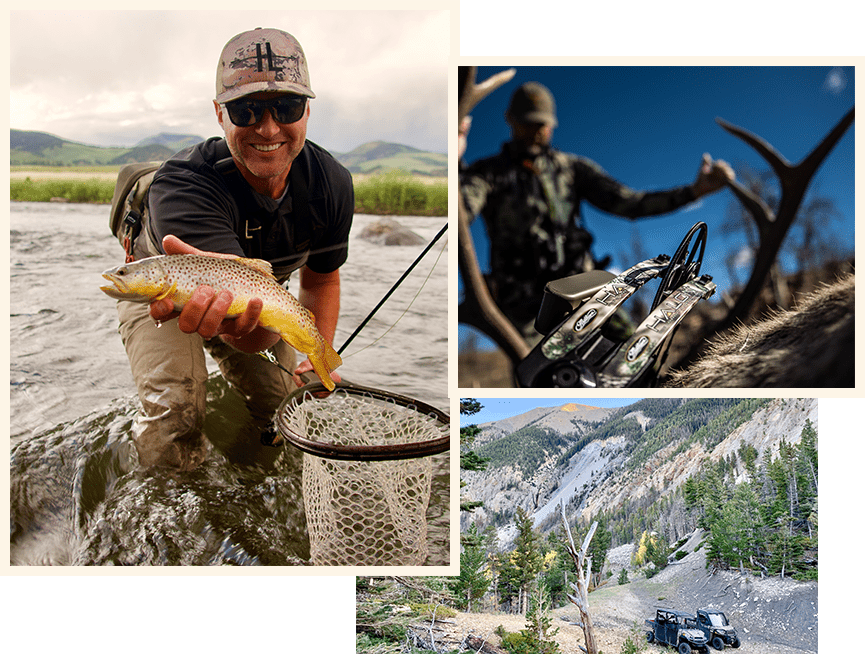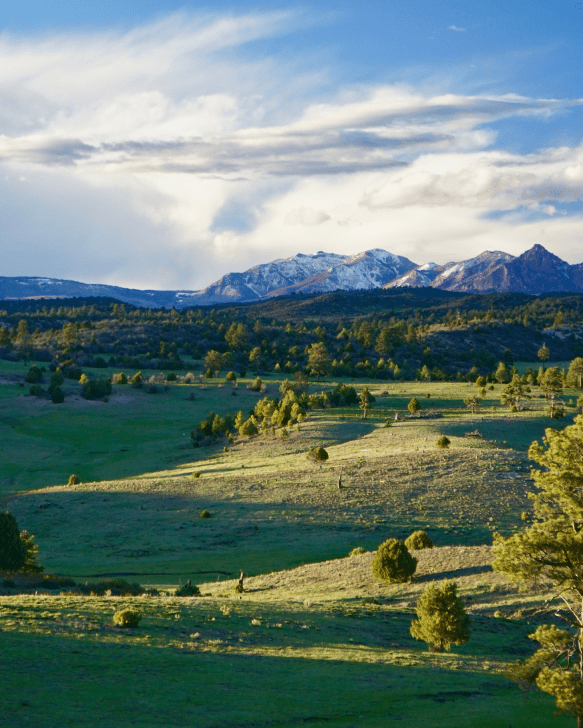Nymphing The Long and the Short of It – Nymph fishing
For many anglers, nymph fishing is scarcely more appealing than worm fishing. Indeed, simply lobbing a large amount of weight on your leader with a large strike indicator isn’t a picture of flyfishing gracefulness, effective though it may be. While it is possible to catch plenty of trout with this “chuck and duck” approach to nymphing, seasoned anglers practice a couple of techniques that keep the amount of weight needed to a minimum while still getting their flies to the feeding level of the trout.
Effective nymphing means learning to fish with either a long line or a short line technique and knowing when to use which. Over the course of a day, varying conditions require the angler to switch from one to the other. Using the wrong approach at the wrong time can easily result in zero fish to the net.
Long line nymphing is similar to classic dry fly fishing in its appearance. In long line nymphing, casts are made either directly upstream or quartering upstream, usually at a distance of 20 to 40 feet. While a weighted nymph should be used with this technique, often no additional weight on the leader is needed. Instead of additional weight, the angler relies on the length of the drift and skillful mending to allow the fly to sink to the fish’s feeding level.
Short line nymphing is an entirely different animal. The idea behind short line nymphing is to keep as much line off of the water as possible, ideally leaving only the leader actually in the water. Since drifts are short, the fly won’t have much time to sink, so a weighted nymph plus some additional weight is usually required in the short line approach.
Short line nymphing attains depth largely by eliminating the drag of the flyline in the water. Drag of the water on the flyline has the effect of pulling the nymph out of the feeding zone or making it move unnaturally through the water, neither of which are conducive to getting strikes from finicky fish. The diameter of the leader is only a fraction of that of the flyline, so it cuts through the water with much less drag.
Approach in short line nymphing is quite different than in long line nymphing. Here casts will usually be less than 20 feet, and quartered upstream. As the nymph sinks, the angler raises the rod tip high, attempting to keep all the flyline off of the water (this technique is sometimes called “high sticking” for this reason). Some mending may be necessary, but for the most part the angler attempts to keep a relatively tight line between the upraised rod tip and the nymph. The deepest part of the drift is usually when the nymph passes directly across from you, and then the fly rises in the current at the end of the drift.
In either long line or short line nymphing, strike indicators may or may not be used, depending on the angler’s preference. Strikes are generally easier to detect with short lining, simply because you’ll be closer to the fish.
So, under what conditions does each approach shine? Long line nymphing is best in shallower water with spooky fish. You simply aren’t going to be able to come up alongside trout from 15 feet away in shallow water, no matter how refined your short line technique is. Long lining will also be necessary if streamside vegetation prohibits a backcast when standing to the side of your target.
Conversely, short lining can be mightily effective in deeper or turbulent water. Thus, tricky currents in pocketwater are much more easily navigated with short lining than with long lining. In addition, pools with sudden dropoffs at their head are a better place for short lines, as attempting to long line over the “lip” seldom gets the fly deep enough.
If you’re less than enamored by “chuck and duck” nymphing, work on your short and long line approaches. With a bit of practice, you’ll be catching more fish with less weight, but better technique. That’s the “long and the short” of becoming a better nympher.


